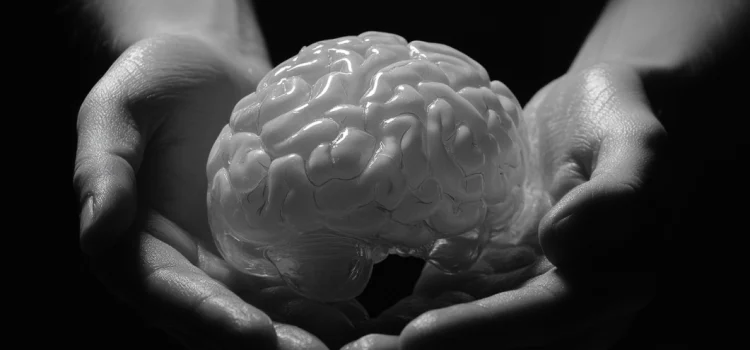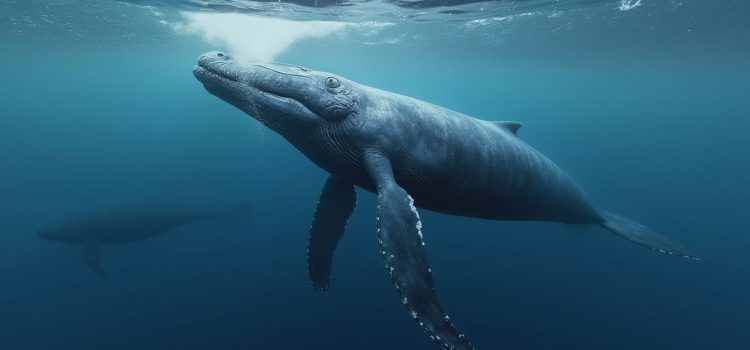What does it mean when scientists say that each animal lives in its own sensory bubble? How do animals experience the world in ways that humans can’t even imagine? Ed Yong’s exploration of umwelt in his book An Immense World reveals the fascinating ways different species perceive reality. From dogs that can smell the past to elephants that feel vibrations through their feet, animals possess extraordinary sensory abilities that shape their unique experience of the world. Keep reading to discover how Ed Yong’s umwelt concept illuminates how animals perceive the world through senses both familiar and foreign to humans.
Ed Yong: Umwelt Reveals How Animals Perceive the World










